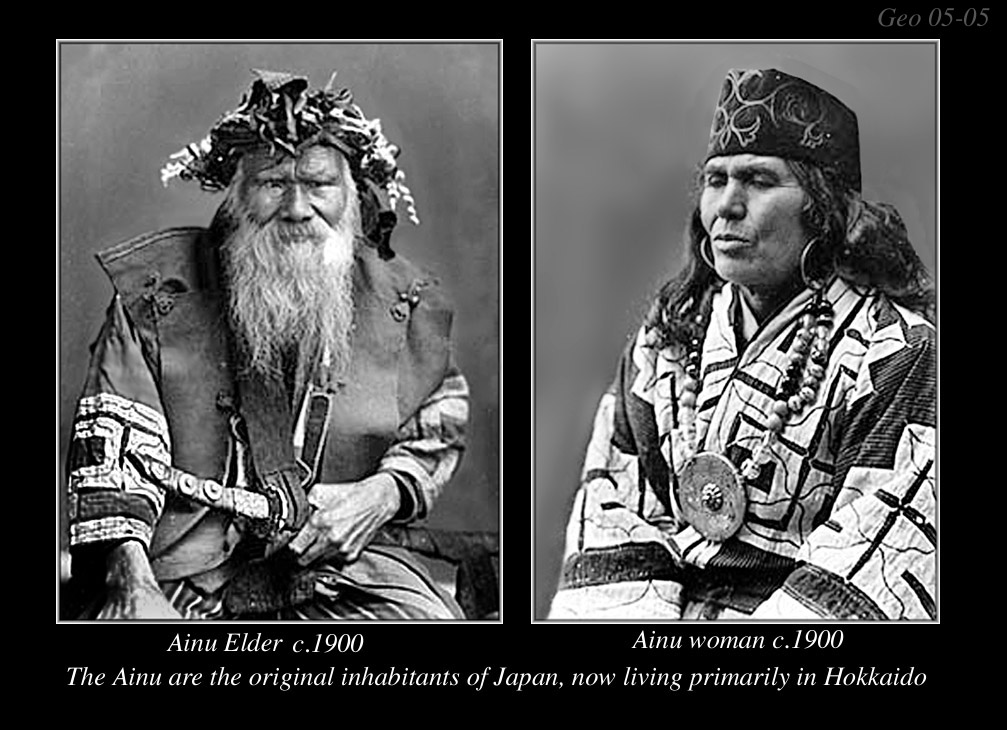Japanese Food: Episode Six

Whenever you travel, the focus really ought to be the food.
Being an island nation and incorporating stereotypes I already had, the food I ate in Japan was heavy in fish, rice, hot noodle soups and small portions. My favorite meal of the entire trip was a tonkatsu (breaded pork) dish from a tiny spot near Hachik? Square in the Shibuya section of Tokyo, and a few doors down from a pachinko parlor.
I featured an entire episode on FOOD, see it below.


